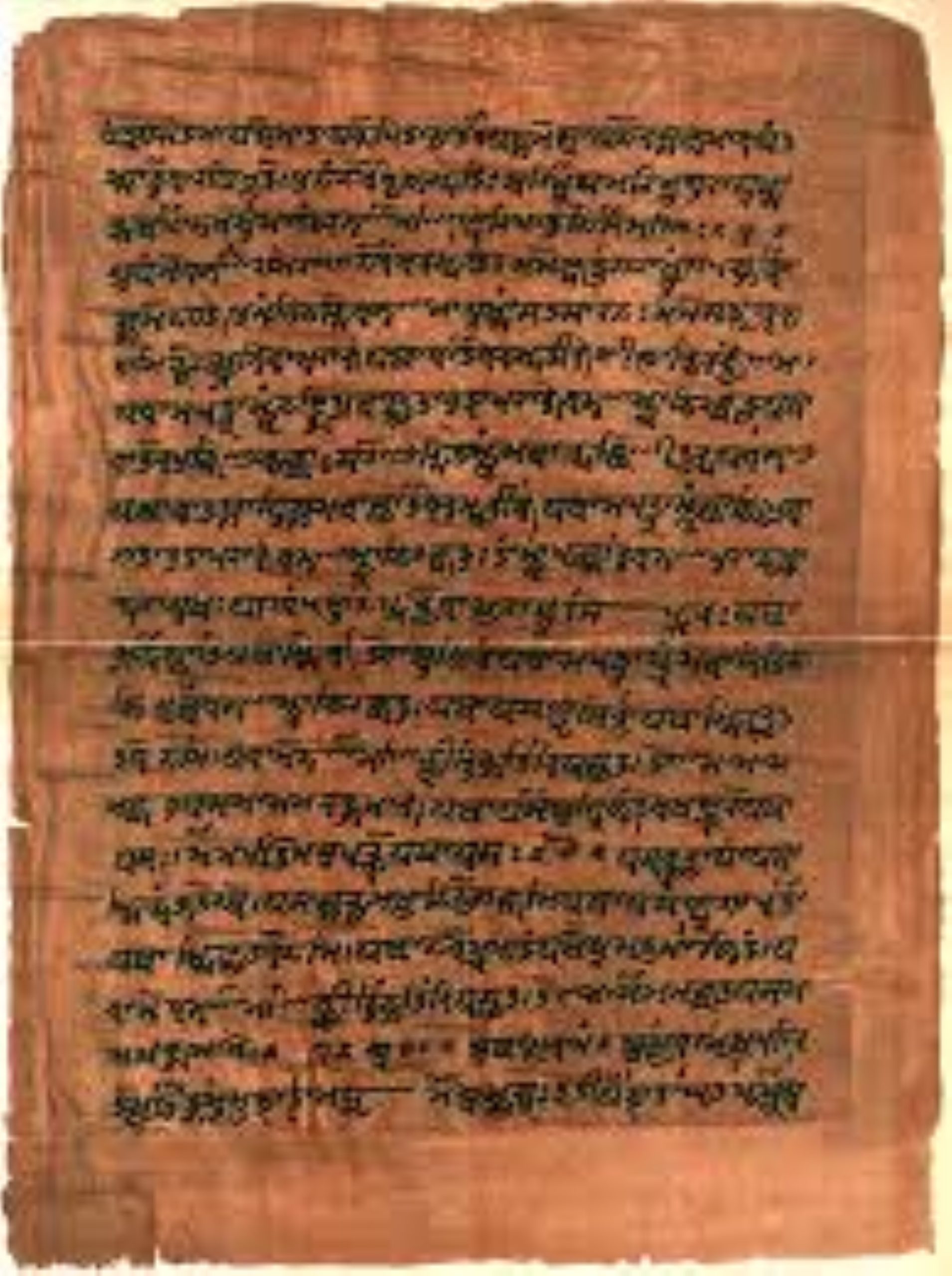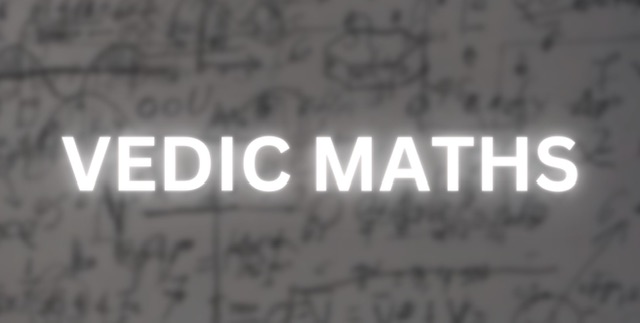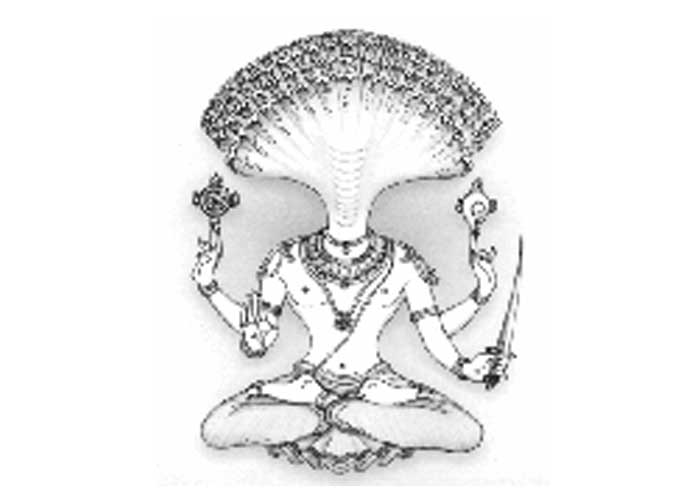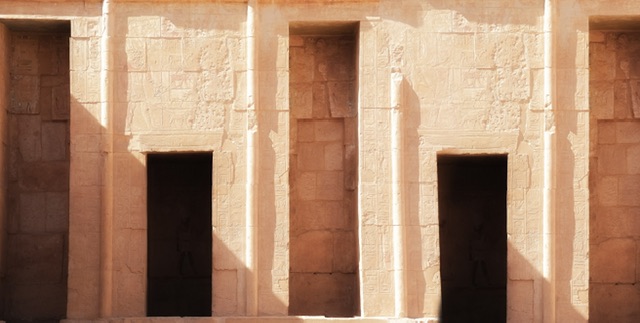The word Veda means wisdom, knowledge or vision, and it serves to manifest the language of the gods in human speech. This is the gyan of the rishis as received through direct interaction with gods and passed on as shrutis (hearing) and smritis (remembrance) through guru shishya parampara for many millennia before they were formally documented by Rishi Vyas around the dwapar yuga. The Vedic corpus is composed in an archaic Sanskrit and comprises of the chaturvedas, namely Rigveda, Samaveda, Yajurveda and Atharvaveda.
Each veda consists of four parts — the Samhitas, the Brahmanas, the Aranyakas and the Upanishads. A Samhita is a collection of mantras. Brahmanas are the texts pertaining to rituals, precepts and duties. Aryanyaks, literally the ‘the forest texts’, deal with mysticism and symbolism for those taking to the life of an ascetic, or Vanaprastha. The term Upanishad translates as ‘sitting near’ and the Upanishads are gyan received by sitting near a Guru or a Yogi, they form the concluding parts of Vedas and are often referred to as ‘Vedanta’.
Rigveda: The Book of Mantras
Rigveda is the oldest book in any Indo-European language and contains the earliest form of all Sanskrit mantras, dating back to at least 1500 BCE-1000 BCE, as per modern historians. The content as existed since the start of Creation in the form of shrutis. The Rig-Vedic ‘samhita’ consists of 1,017 hymns or ‘suktas’, covering about 10,600 stanzas, divided into eight ‘astakas’, each having eight ‘adhayayas’ or chapters, which are sub-divided into various groups. The hymns were perceived by the Vedic seers, or ‘rishis’, through intense penance and single pointed focus for centuries.
Samaveda: The Book of Music
Samaveda is purely a liturgical collection of melodies (saman). The hymns in the Samaveda, used as musical notes, were almost completely drawn from the Rigveda and have no distinctive lessons of their own.
Hence, its text is a reduced version of the Rigveda. As Vedic Scholar David Frawley puts it, if the Rigveda is the word, Samaveda is the song or the meaning; if Rigveda is the knowledge, Samaveda is its realisation; if Rigveda is the wife, the Samaveda is her husband.
Yajurveda: The Book of Rituals
Yajurveda serves as a practical guidebook for those who perform sacrifices with specific chants and formulae (yajus). The Yajurveda has two major divisions — the Shukla Yajurveda which deals with prayers and devotional sacrifices, and the Krishna Yajurveda which contains procedure for sacrificial rituals.
Atharvaveda: The Book of Spells
Although the Atharvaveda is considered Vedic literature, it is fairly different from the other texts within the Vedic canon. Its hymns are of a more diverse character than the Rigveda and are also simpler in language. The Atharvaveda consists of spells and charms for prolonging life and healing illnesses, seeking cures from herbs, establishing world peace, etc.\
Download the Dhyan Foundation – Sanatan Kriya App for Android here and for iOS here.





